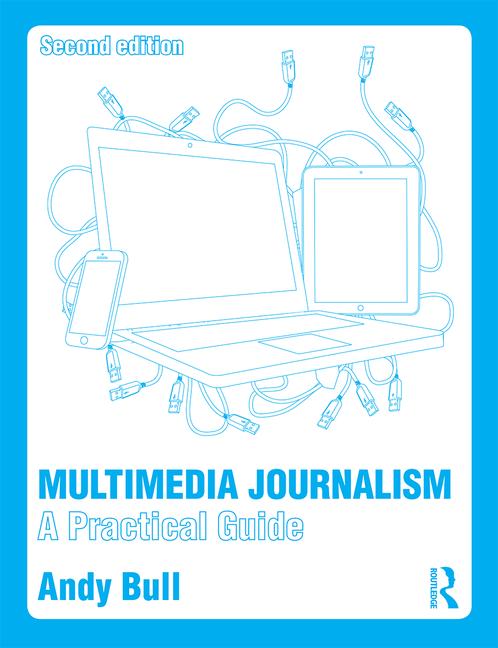Saturday 25 August 2007
How I made £750 by going shopping
Here’s a personal experience of what is happening.
Years ago, when we wanted to go on holiday, we’d look in the small ads in The Observer. There you got owners offering their second homes for rent. The chances were that you got a well-loved family home-from-home, in a pleasant place, at a reasonable price.
For years that was how we found and booked our holidays. When we came to have a holiday home of our own, and wanted to rent it out to cover costs when we weren’t using it, we looked to the classified ads. From ten to five years ago, we could place an ad in The Sunday Times for thee weeks in January, and get around 20 weeks of lettings out of it.
But, in more recent times, the ads dwindled. We tried other papers – The Telegraph (Saturday and Sunday) and the Saturday Times, but to no effect. The lettings were down to ten, then eight, then three weeks. And the ads were costing around £250.
When the reps rang I’d point out that we were now barely covering our costs, and that my very basic home-made website was getting me more bookings than their expensive ads. They suggested using their websites. So we did, in both The Times and The Telegraph. We got not one enquiry.
Last week, convinced that there must be a market for a very nice, reasonably priced flat on the shores of Lake Garda in Italy, I did a Google trawl for dedicated websites on which to advertise. The one that looked most reliable was called Owners Direct. So I paid my £65, drafted my description, uploaded my pictures and waited.
I didn’t have to wait long. The day the ad appeared I got three enquiries. Out of that came one booking, at £250, which easily covered the cost of the Owners Direct listing.
I hadn’t expected to get any bookings for this year, it being rather late in the season, but this morning as I strolled around the farmers’ market I got two SMS messages on my mobile, forwarded from visitors to the website. When I rang the enquirers I got two bookings for next month. Later, at the garden centre, I got another call, and sold a week next August.
So, while I went about my other business, I took £750 in bookings. That’s more than my last Times and Telegraph ads achieved, at several times the price.
There is a lesson here. It is that the cosy and reliable community of owners and renters of private holiday homes has migrated to a place that serves them far better than any print publication could.
The print publications, being slow off the mark, have allowed dedicated websites to syphon off this business.
As we all know, newspapers are working hard and fast to make the web work for them as they fight to retain their classified lifeblood.
Will they do it? I have to say that, in my very limited experience, they don’t have a hope.
Thursday 16 August 2007
Axegrinder drugs special: The National Union of Junkies?
Posted by Axegrinder on 15 August 2007 at 12:02pm
NUJ freelance branch representative Humphrey Evans gave PMA students taking a postgraduate course in magazine journalism a pep talk on the importance of joining the union.
According to Humph, any NUJ member could even expect the union to defend them should they be alcoholics or drug-takers.
"It would be reasonable to expect the employer to agree for you to go into rehab, rather than be fired," Evans assured his audience. "Obviously, no one wants drug-takers snorting cocaine in the office loos, but let's face it, if you're having to wait around in the cold for your witness to come home, of course you're going to start drinking. It's warm and welcoming."
One of the wily students, Tori Hunt, then wrote this up as a story on the PMA blog. No doubt the NUJ would support her pursuit of a scoop.
See Axegrinder here http://blogs.pressgazette.co.uk/axegrinder/
There is a link to the PGs blog on the right
Tuesday 7 August 2007
Print journalists can’t tell a story in pictures. They’re too wordy. That’s the view of many broadcast journalists.


